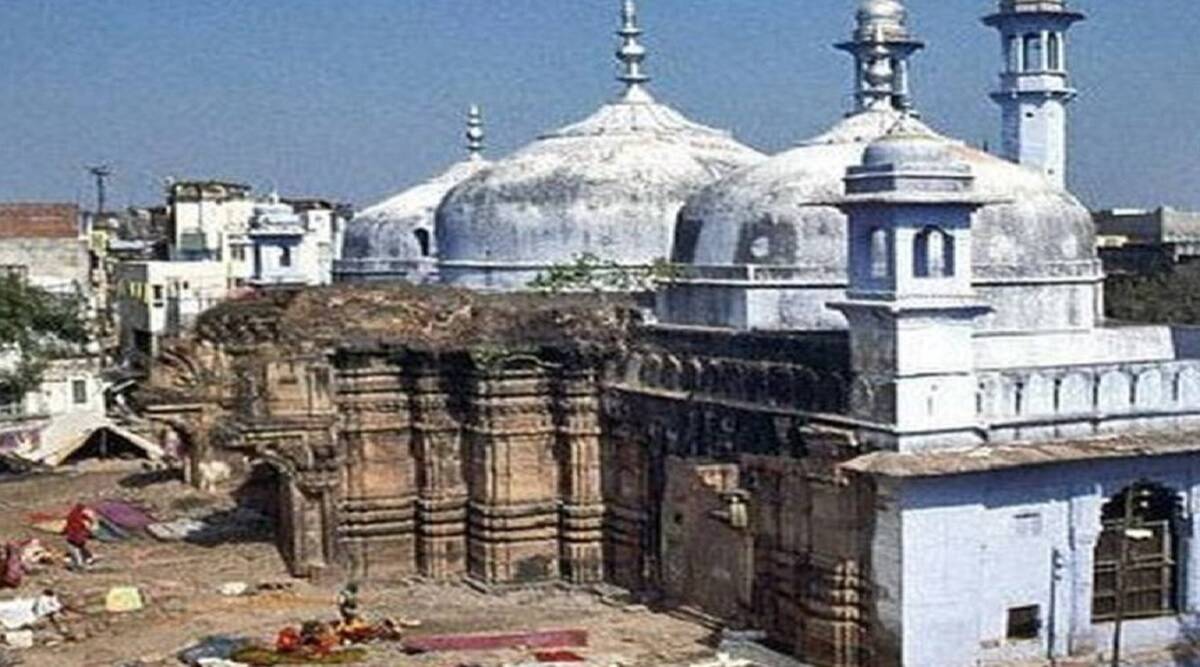The Gyanvapi Mosque case, which involves a dispute over the ownership and history of a religious site in Varanasi, has taken a new turn. The Hindu petitioners, who claim that the mosque was built on the ruins of a temple, have filed an application in the Supreme Court, seeking its permission to clean the wazukhana area of the mosque premises. The wazukhana area is where the Muslims perform ablutions before offering prayers. The Hindu petitioners allege that the wazukhana area is dirty and unhygienic, and poses a health risk to the visitors and the residents of the area.
What is the Gyanvapi Mosque Case?
The Gyanvapi Mosque case is a long-standing legal and religious dispute between the Hindus and the Muslims over a 2.77-acre plot of land in Varanasi, where the Gyanvapi Mosque stands. The Hindus claim that the mosque was built by the Mughal emperor Aurangzeb in 1669, after demolishing the original Kashi Vishwanath Temple, which was dedicated to Lord Shiva. The Muslims deny this allegation, and assert that the mosque was built on a vacant land, and that there is no evidence of a temple being destroyed.
The case has been pending in various courts since 1991, when the Hindu petitioners filed a suit in the civil court, seeking the restoration of the temple. The case was stayed by the Allahabad High Court in 1998, on the grounds that it was barred by the Places of Worship (Special Provisions) Act, 1991, which prohibits any change in the religious character of any place of worship as it existed on August 15, 1947. However, in 2019, the Supreme Court, while delivering the verdict in the Ayodhya case, which was also a dispute over a mosque-temple site, held that the Places of Worship Act does not apply to suits that were already pending before the enactment of the Act. This paved the way for the revival of the Gyanvapi Mosque case, and the civil court ordered a survey of the site by the Archaeological Survey of India (ASI) in April 2021. The order was challenged by the Sunni Central Waqf Board, which is the custodian of the mosque, in the Allahabad High Court, which stayed the order in May 2021. The matter is still pending before the High Court.
Why Have the Hindu Petitioners Filed an Application in the Supreme Court?
The Hindu petitioners, who are represented by advocate Vishnu Shankar Jain, have filed an application in the Supreme Court, seeking its permission to clean the wazukhana area of the mosque premises. The application states that the wazukhana area is in a filthy and unhygienic condition, and that it is a breeding ground for mosquitoes and other insects. The application also claims that the wazukhana area is a public nuisance, and that it violates the right to life and health of the visitors and the residents of the area, as guaranteed by Article 21 of the Constitution. The application further states that the Hindu petitioners are willing to bear the expenses of the cleaning, and that they do not intend to disturb the status quo of the mosque.
The application also cites the example of the Taj Mahal, which is a mausoleum and a mosque, and which is regularly cleaned and maintained by the ASI. The application argues that the Gyanvapi Mosque, which is also a historical and cultural monument, deserves the same treatment and care. The application also refers to the Swachh Bharat Abhiyan, which is a national campaign for cleanliness and sanitation, launched by Prime Minister Narendra Modi in 2014. The application appeals to the Supreme Court to intervene in the matter, and to issue appropriate directions to the authorities concerned, to ensure the cleanliness and hygiene of the wazukhana area of the mosque premises.




